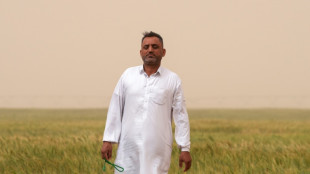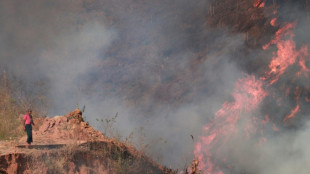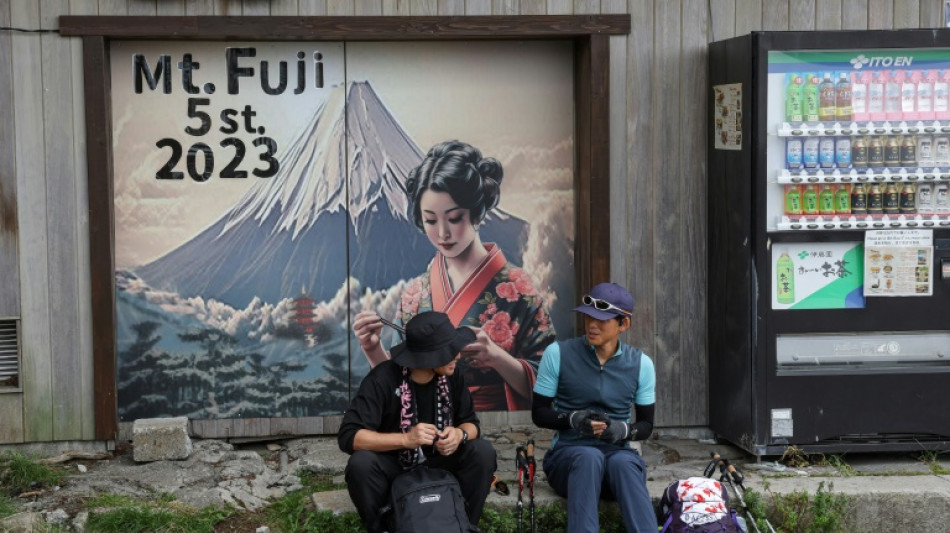
-
 Indian army says new exchange of gunfire with Pakistan
Indian army says new exchange of gunfire with Pakistan
-
Epstein accuser Virginia Giuffre takes own life in Australia: family

-
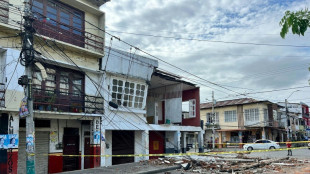 Hundreds of buildings damaged, dozens injured in 6.3 Ecuador quake
Hundreds of buildings damaged, dozens injured in 6.3 Ecuador quake
-
India and Pakistan's Kashmir fallout hits economy too

-
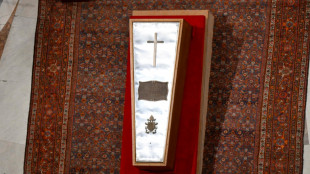 Francis's funeral to be grand farewell to 'pope of the poor'
Francis's funeral to be grand farewell to 'pope of the poor'
-
Pogacar faces defiant Evenepoel at Liege-Bastogne-Liege

-
 Chelsea eye great escape against Barcelona in Women's Champions League
Chelsea eye great escape against Barcelona in Women's Champions League
-
Iran, US to hold new round of high-level nuclear talks

-
 'Energy and effort' pay off for Reds as Blues' woes continue
'Energy and effort' pay off for Reds as Blues' woes continue
-
Albatross and closing birdie lift China's Liu to LPGA Chevron lead

-
 On the horizon? Wave of momentum for high seas treaty
On the horizon? Wave of momentum for high seas treaty
-
Developing countries should fast-track US trade deals: World Bank president
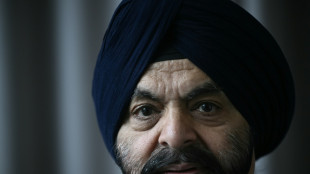
-
 Grizzlies' Morant 'doubtful' for must-win game 4 v Thunder
Grizzlies' Morant 'doubtful' for must-win game 4 v Thunder
-
Trump in Rome for pope funeral in first foreign trip of new term
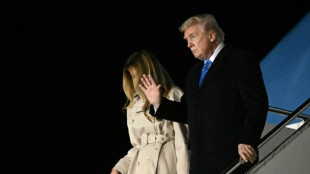
-
 Trump says Russia-Ukraine deal 'very close' after new Kremlin talks
Trump says Russia-Ukraine deal 'very close' after new Kremlin talks
-
US rookies lead PGA pairs event with McIlroy and Lowry in hunt

-
 Trump tariff promises get a reality check
Trump tariff promises get a reality check
-
Warriors coach Kerr 'relatively optimistic' injured Butler will play game 3

-
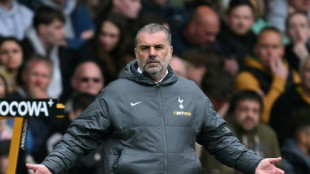 Postecoglou hopes 'Stonecutter's Credo' can inspire Spurs
Postecoglou hopes 'Stonecutter's Credo' can inspire Spurs
-
PSG lose unbeaten Ligue 1 record ahead of Arsenal showdown

-
 Venezuela accuses El Salvador president of 'human trafficking'
Venezuela accuses El Salvador president of 'human trafficking'
-
Own goal takes Sundowns to African final against Pyramids

-
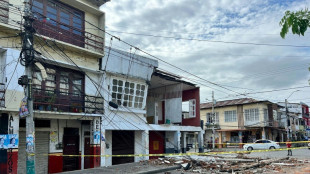 Scores of buildings damaged, 20 injured in Ecuador quake
Scores of buildings damaged, 20 injured in Ecuador quake
-
US stocks extend rally as market eyes busy calendar next week
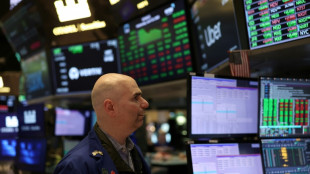
-
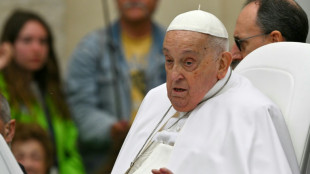 Pope's death triggers surge of disinformation he fought against
Pope's death triggers surge of disinformation he fought against
-
Rovanpera takes control of Rally Islas Canarias

-
 Zelensky insists Crimea is Ukrainian as US envoy meets Putin
Zelensky insists Crimea is Ukrainian as US envoy meets Putin
-
Patel and Mendis help Sunrisers beat Kings in Dhoni's 400th T20

-
 Copa del Rey ref statements 'unacceptable': Real Madrid after boycotting final build-up
Copa del Rey ref statements 'unacceptable': Real Madrid after boycotting final build-up
-
Insurance CEO's accused killer pleads not guilty to federal murder charges
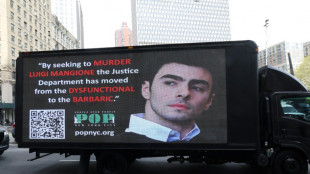
-
 FBI arrests Wisconsin judge for shielding undocumented migrant
FBI arrests Wisconsin judge for shielding undocumented migrant
-
Brazil ex-president Collor de Mello jailed for corruption
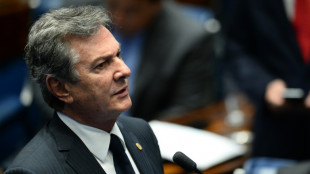
-
 Zelensky insists Crimea 'belongs' to Ukraine as US envoy meets Putin
Zelensky insists Crimea 'belongs' to Ukraine as US envoy meets Putin
-
Real Madrid boycott Copa del Rey build-up over referee complaints

-
 Trinidad and Tobago votes for parliament, PM, with opposition in lead
Trinidad and Tobago votes for parliament, PM, with opposition in lead
-
IMF chief hails 'constructive' Spring Meetings held under tariff uncertainty

-
 Iran FM Araghchi in Oman ahead of nuclear talks with US
Iran FM Araghchi in Oman ahead of nuclear talks with US
-
Dozens of buildings destroyed, 20 injured in Ecuador quake
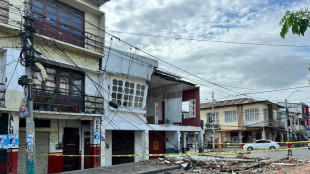
-
 Young Barca must 'enjoy' Real Madrid Copa final fight: Flick
Young Barca must 'enjoy' Real Madrid Copa final fight: Flick
-
Pakistan and India border closure separates families
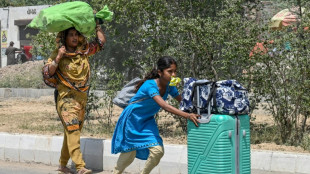
-
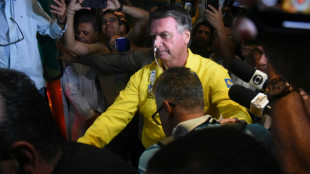 Brazil's Bolsonaro 'stable' after post-surgery setback
Brazil's Bolsonaro 'stable' after post-surgery setback
-
Catholics in secular Cuba hail Francis as 'bridge'
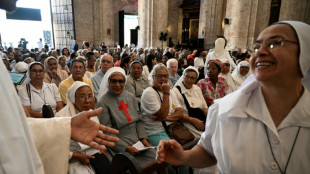
-
 US envoy Witkoff, Putin discuss 'possibility' of direct Russia-Ukraine talks
US envoy Witkoff, Putin discuss 'possibility' of direct Russia-Ukraine talks
-
Community seeks answers after French school knife killing
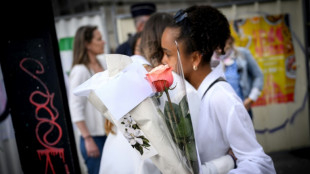
-
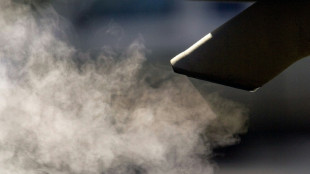 German prosecutors seek jail terms in VW 'dieselgate' trial
German prosecutors seek jail terms in VW 'dieselgate' trial
-
Sabalenka makes winning start at Madrid Open

-
 EU, US should de-escalate and negotiate trade deal: IMF Europe director
EU, US should de-escalate and negotiate trade deal: IMF Europe director
-
Russia accuses Ukraine of killing general in car bombing
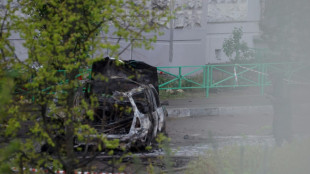
-
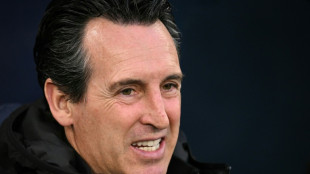 Emery wants FA Cup glory and Champions League berth for Villa
Emery wants FA Cup glory and Champions League berth for Villa
-
Buildings destroyed, one injured in Ecuador quake
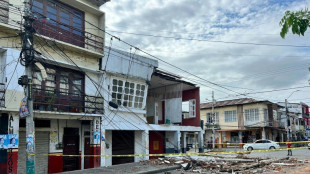

Japan's Mount Fuji 'screaming' from too many tourists
With its millions of visitors every year and the buses, supply trucks, noodle shops and fridge magnets, Japan's Mount Fuji is no longer the peaceful pilgrimage site it once was.
Now authorities have had enough, saying the number of hikers trekking up the world-famous volcano -- night and day -- is dangerous and an ecological embarrassment.
"Mount Fuji is screaming," the governor of the local region said last week.
Hailing its religious importance and its inspiration to artists, in 2013 UNESCO added the "internationally recognized icon of Japan" to its World Heritage List.
But as has happened in places such as Bruges in Belgium or Rio de Janeiro's Sugarloaf Mountain, the designation has been both a blessing and a curse.
Visitor numbers more than doubled between 2012 and 2019 to 5.1 million, and that's just for Yamanashi prefecture, the main starting point.
- Day and night -
It's not just during the day that a stream of people trudges through the black volcanic grit on their way up the 3,776-metre (12,388-foot) mountain.
At night, long lines of people -- on their way up to see the sun rise in the morning -- trek upwards with torches on their heads.
The main starting-off point is a car park that can only be reached by taxi or buses that take a couple of hours from Tokyo, around 100 kilometres (60 miles) away.
Greeting visitors is a complex of restaurants and shops selling souvenirs as well as snacks and drinks for walkers before they set off.
They are powered by diesel generators and the thousands of litres of water they use has to be brought up in lorries. Trucks also take all the rubbish down.
"I saw a lot of food waste and empty bottles of drinks lying around the hand-washing area of the toilet," complained Japanese hiker Yuzuki Uemura, 28.
- Dangers -
Masatake Izumi, a local official, said the high numbers of people increased the risk of accidents.
Some people who climb at night "get hypothermia and have to be taken back to first aid stations", he told AFP.
At least one person has died so far this season.
For an optional access fee of 1,000 yen ($6.80), visitors get a booklet in Japanese -- there is a QR code for the English version -- with some dos and don’ts.
But some don't realise how tough the five-to-six-hour climb is to the top, where oxygen levels are lower and where the weather can change quickly.
"It's almost winter up there, it's really cold," Rasyidah Hanan, a 30-year-old hiker from Malaysia, told AFP on her way down.
"People should be filtered a little bit because some people were not ready to climb Mount Fuji. They were like in really light clothes... Some of them really looked sick."
- Crowd control -
As tourist numbers get back to pre-pandemic levels, it's not only Mount Fuji whose returning crowds have authorities worried.
This week government ministers met to discuss measures to tackle what Kenji Hamamoto, a senior Japan Tourism Agency official, called "overcrowding and breaches of etiquette" across heavily touristed sites.
For Mount Fuji, authorities announced last month that they would impose crowd control measures for the first time if paths got too busy.
The announcement alone had an effect and in the end no such measures were taken, Izumi said.
Visitor numbers are expected to be down slightly this year from 2019, but in 2024 they could rise again as tourists -- particularly from China -- return.
Yamanashi's governor Kotaro Nagasaki said last week Japan needed to take measures to ensure Mount Fuji did not lose its UNESCO designation.
One solution, he said, could be constructing a light rail system to replace the main road leading to the main starting point for hikers.
"We firmly believe that with regard to Mount Fuji tourism, a shift from a quantity approach to a quality one is essential," Nagasaki said.
"I think that Mount Fuji is one of the things that makes Japan proud," said Marina Someya, 28, a Japanese hiker.
"There are a lot of people, and lots of foreigners."
O.Norris--AMWN

